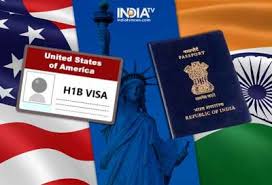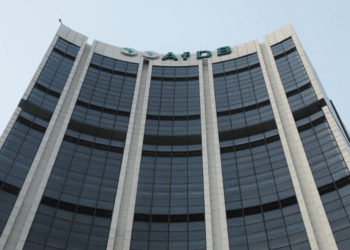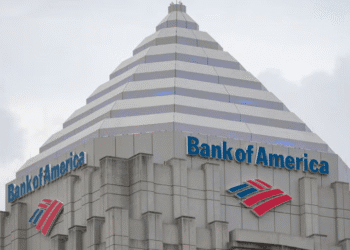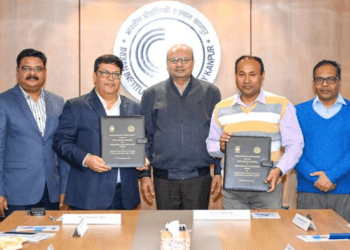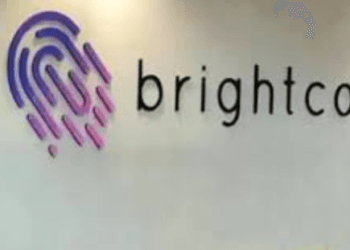Athira Sethu
Kochi, 12 December 2024
The U.S. Department of Homeland Security (DHS) has announced a major change to the rules for renewing work permits for spouses of H-1B and L-1 visa holders. From January 13, 2025, the automatic renewal of work permits for these spouses will be extended from 180 days to up to 540 days. The new rule applies to applications filed after May 4, 2022.
This change is intended to avoid work interruptions that occur from processing delays of work permits. Spouses of H-1B visa holders on H-4 visas and spouses of L-1 visa holders on L-2 visas are eligible to apply for these work permits, especially if they are waiting for their green cards, too.
DHS Secretary Alejandro N. Mayorkas said that since January 2021, the U.S. economy has added more than 16 million jobs. DHS hopes that renewing work permits for longer will help businesses fill these jobs, reduce delays, and ensure eligible workers can continue to contribute to the economy.
This rule also enables employers to retain their employees without the fear of unexpectedly being without employees since there are delays in completing the paperwork. This rule is aiming at making sure the employees continue working in case their renewal applications are filed as required.
There is also some fear that this change will be rolled back by an administration at some point because, just last year, the proposal to end work permits for H-4 visa holders was cancelled in 2021. DHS continues to support people who are eligible to work in the U.S. and to contribute to the economy.
Besides the renewal of the extension of work permit renewals, USCIS has taken some other measures to enhance work permit processing. The agency has for instance halved the time that it takes to process work permits for status adjusters. Additionally, the agency has improved the times for asylum applicants and parolees. The validity of some work permits has also been extended from two years to five years. Besides, online filing options have been increased.
These changes are aimed at making this process smoother for workers and employers while keeping the U.S. economy running strong.












